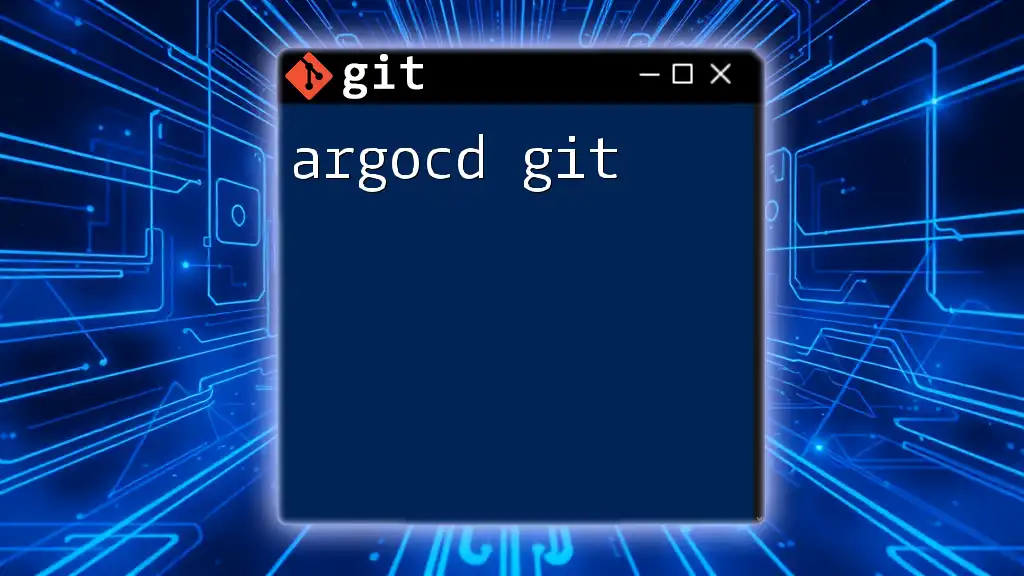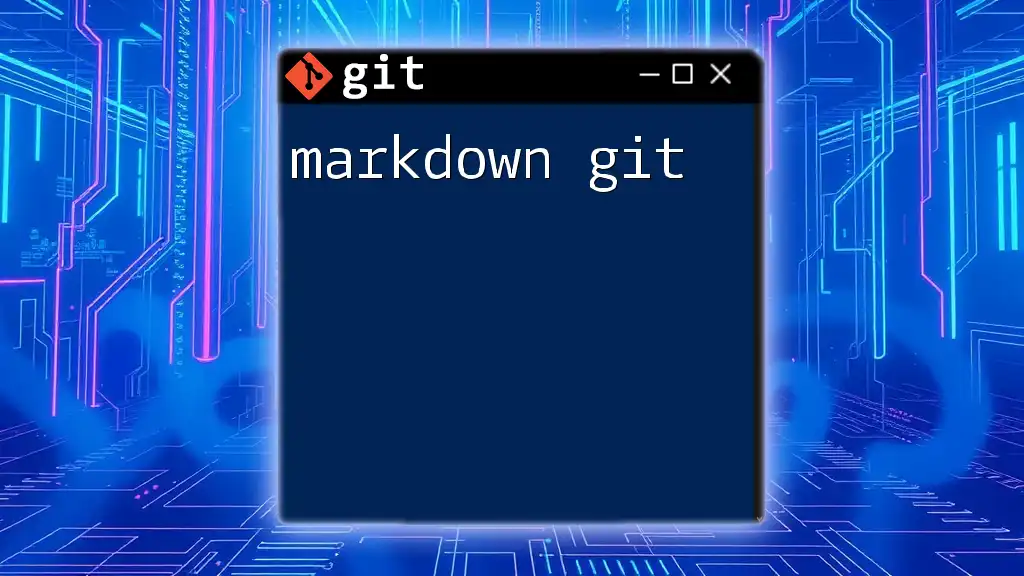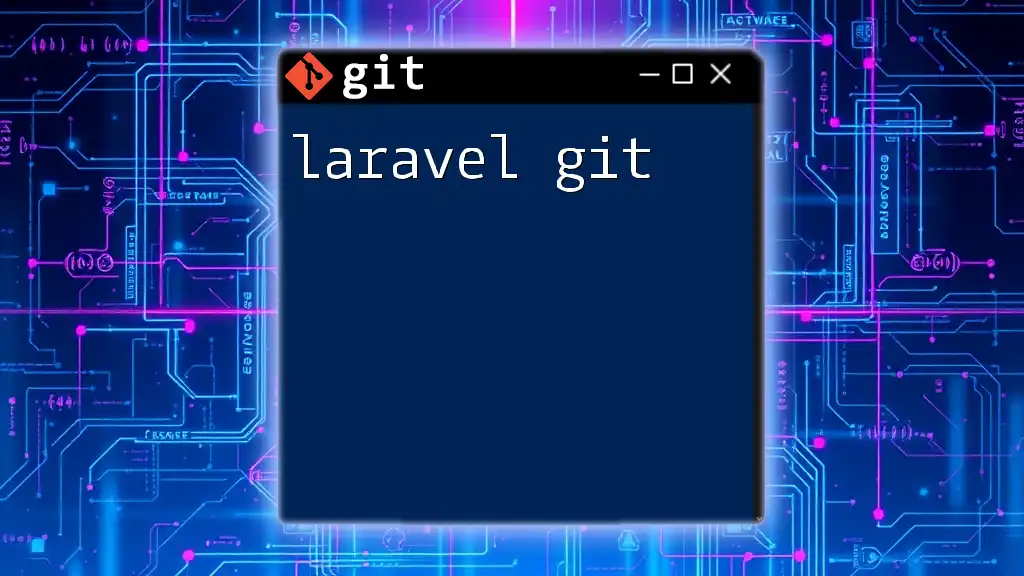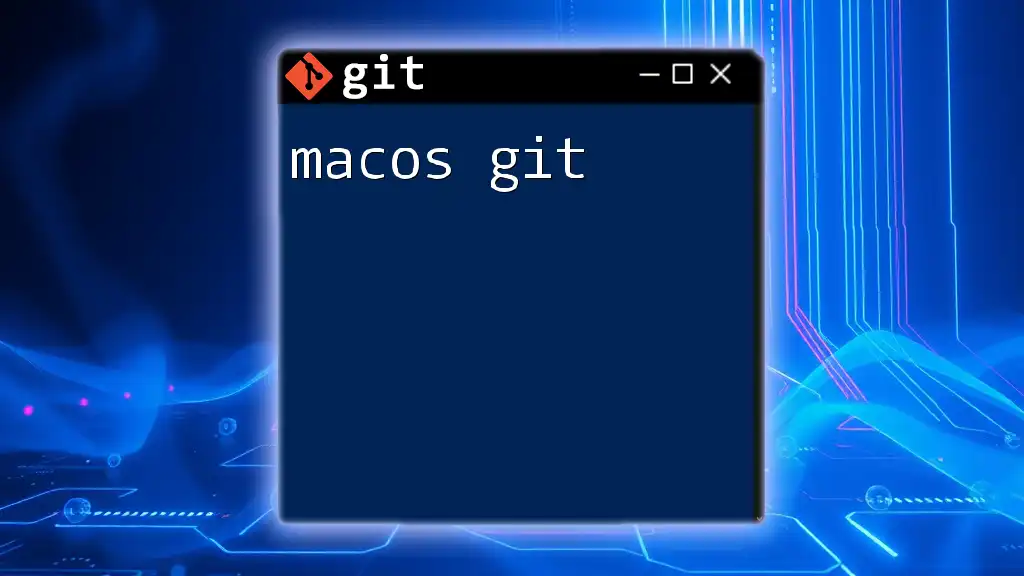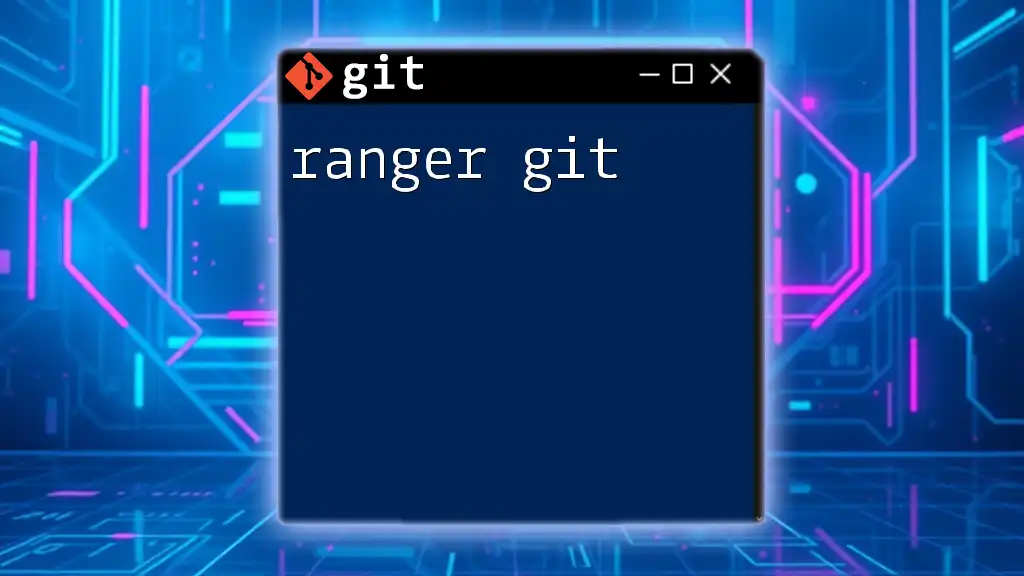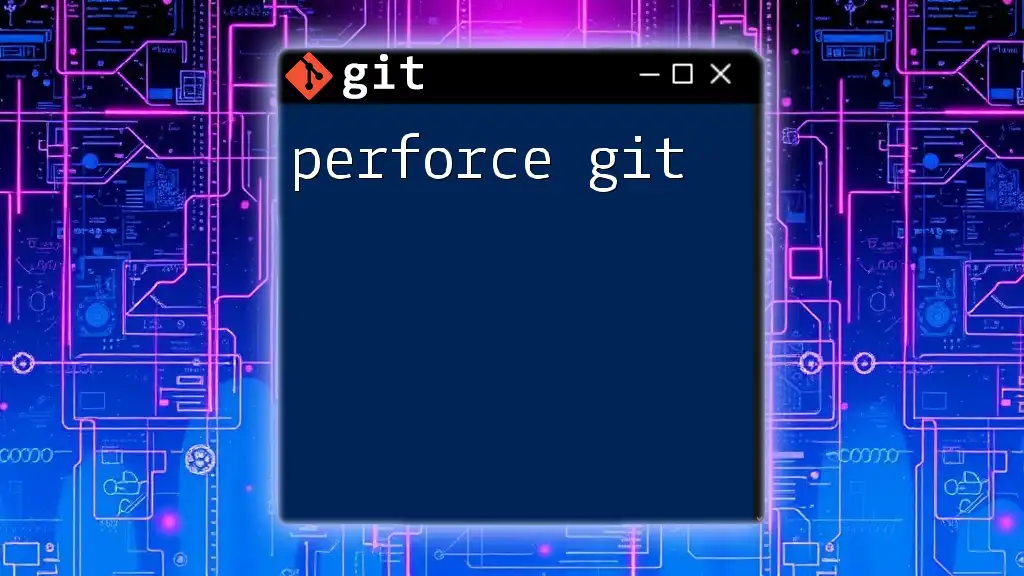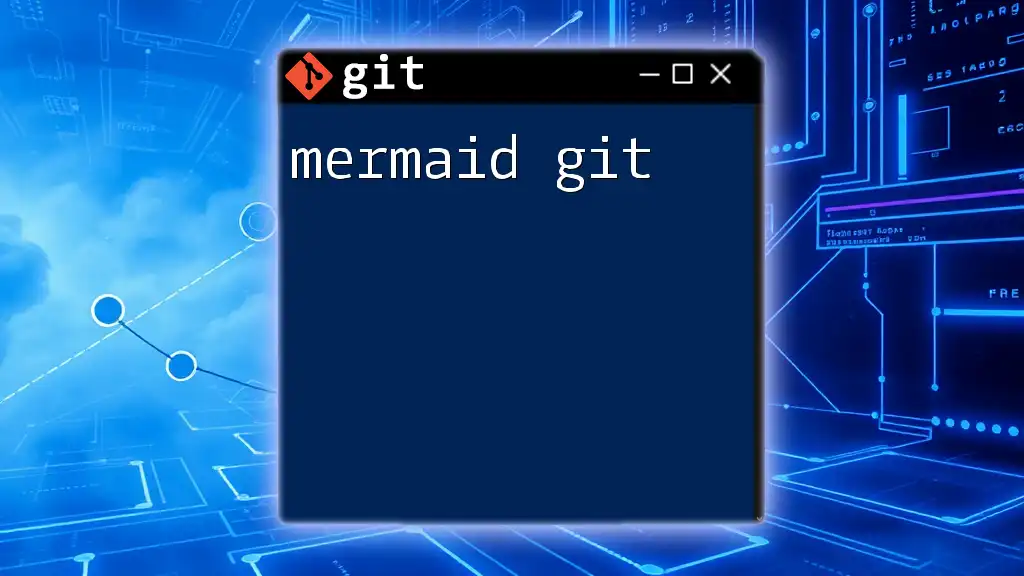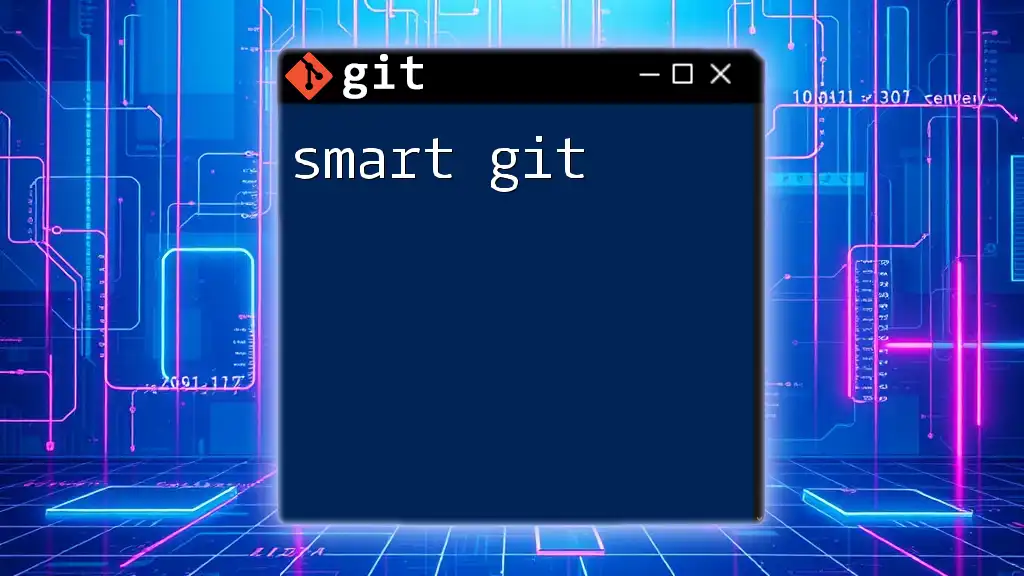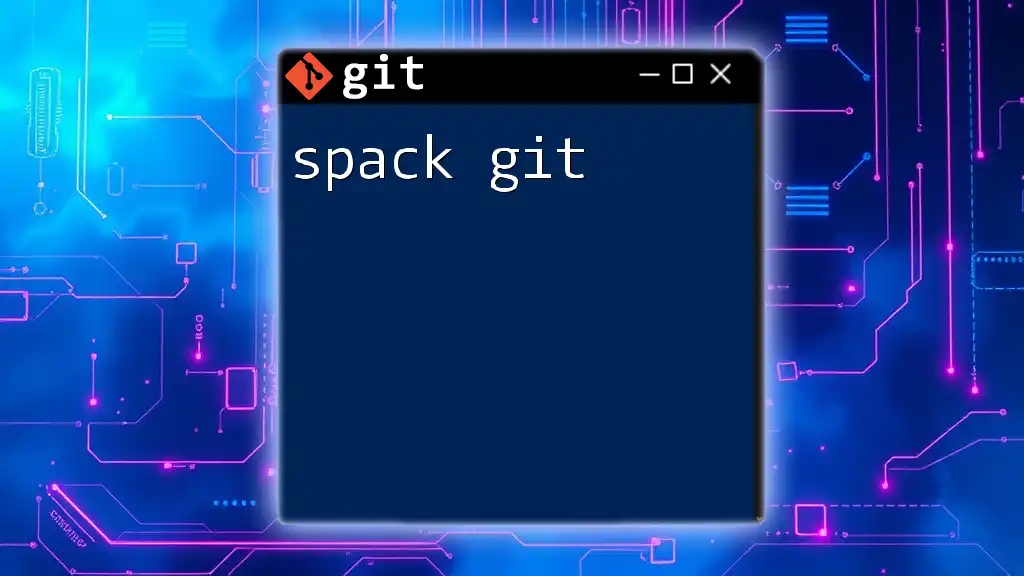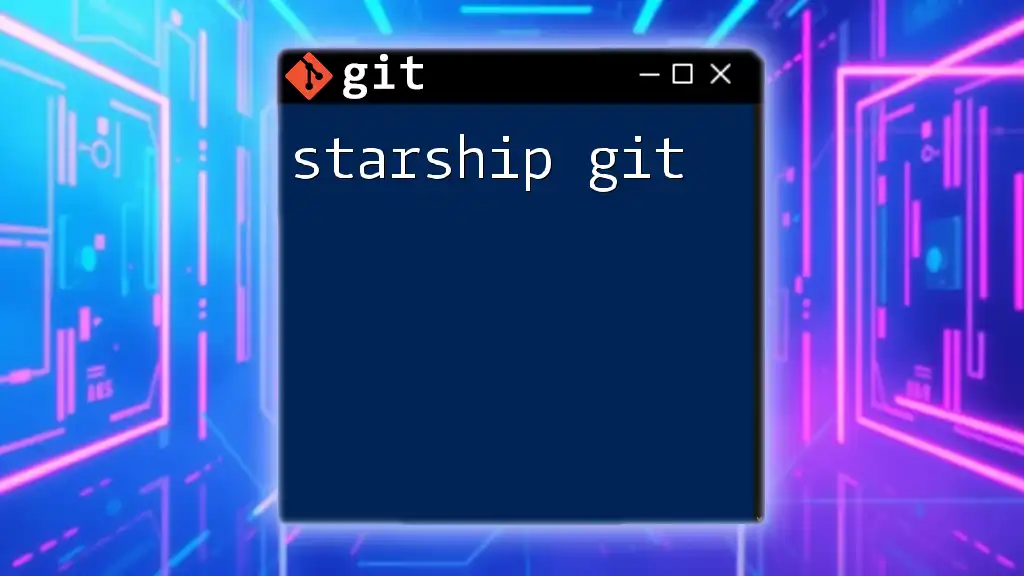Argo CD is a declarative continuous delivery tool for Kubernetes that utilizes Git repositories to manage and synchronize application deployment, enabling users to execute commands swiftly and efficiently.
Here’s a basic command to set up an Argo CD application using a Git repository:
argocd app create my-app --repo https://github.com/username/repo.git --path k8s/manifests --dest-server https://kubernetes.default.svc --dest-namespace default
What is ArgoCD?
ArgoCD is a powerful tool within the Kubernetes ecosystem that enables continuous delivery via the GitOps methodology. By declaratively defining your application's states in a Git repository, ArgoCD synchronizes your desired state with your actual state in Kubernetes clusters. Simply put, it allows developers to manage Kubernetes resources using Git as the source of truth.
Importance of Git Integration in ArgoCD
The integration of Git in ArgoCD brings various benefits to the table:
- Version Control: Every change to your application can be tracked so that you can revert to a previous state when necessary.
- Collaboration: Teams can work seamlessly by using branches, pull requests, and comments, all within the Git workflow.
- Auditing and Compliance: All changes are recorded in Git, which allows for better auditing and ensures compliance with organizational policies.
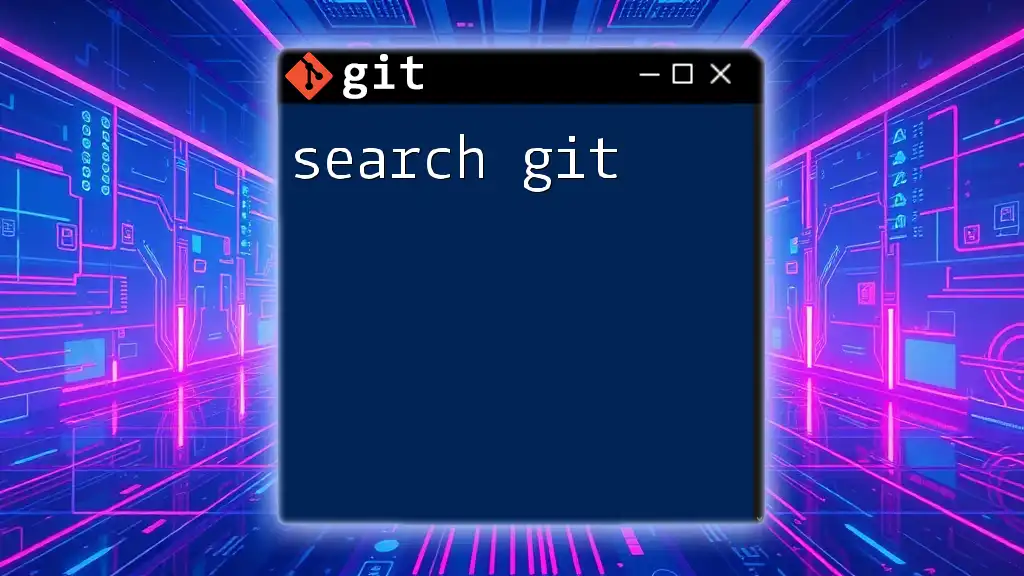
Getting Started with ArgoCD
Prerequisites for Installation
Before diving into the installation process, ensure that you have the following tools:
- Kubernetes cluster up and running
- kubectl command-line tool to interact with your Kubernetes cluster
- Basic familiarity with Git and Git repository management
Installing ArgoCD
To install ArgoCD, follow these steps:
-
Install ArgoCD using kubectl: Execute the following command to install ArgoCD in your Kubernetes cluster.
kubectl create namespace argocd kubectl apply -n argocd -f https://raw.githubusercontent.com/argoproj/argo-cd/stable/manifests/install.yaml -
Accessing the ArgoCD UI: You can access the ArgoCD dashboard via port forwarding. Run this command:
kubectl port-forward svc/argocd-server -n argocd 8080:443Open your web browser and navigate to `http://localhost:8080`.
Configuring ArgoCD with Git Repositories
Understanding Git Repository Structure
Setting up your Git repository effectively is crucial. A recommended structure is to have dedicated directories for each application under a common root. For example:
my-git-repo/
├── app1/
│ ├── kustomization.yaml
│ ├── deployment.yaml
│ └── service.yaml
├── app2/
│ ├── kustomization.yaml
│ ├── deployment.yaml
│ └── service.yaml
Adding a Git Repository to ArgoCD
To add a Git repository, follow these steps using the ArgoCD CLI:
-
Log in to ArgoCD:
argocd login <ARGOCD_SERVER> -
Add your Git repository: Provide the repository URL and necessary authentication.
argocd repo add https://github.com/your-org/my-git-repo --username <USERNAME> --password <PASSWORD>Ensure that your repository permissions allow ArgoCD to read the manifests.
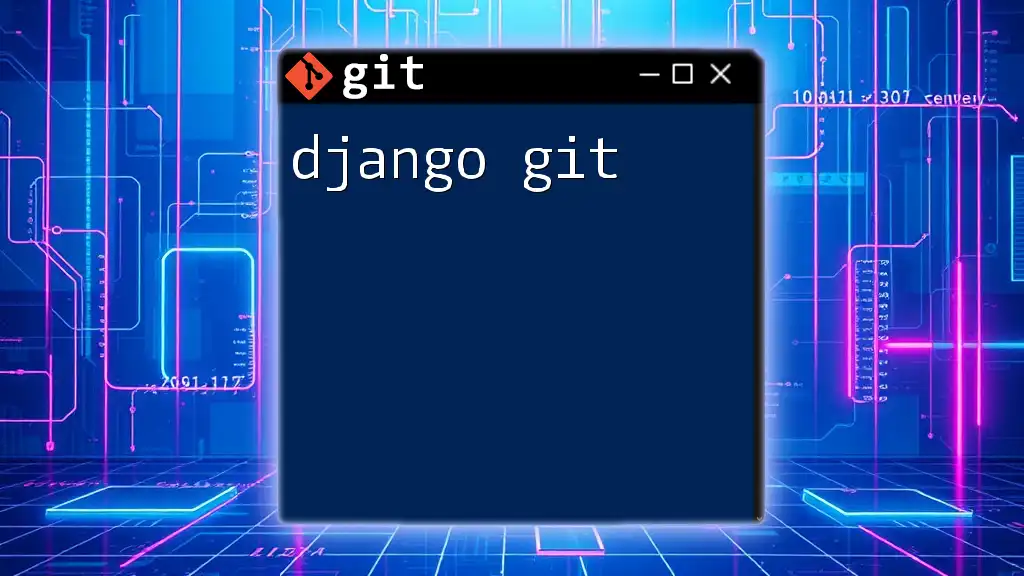
Using Git Commands with ArgoCD
Basic Git Commands Overview
To manage your Git repositories effectively, here are some essential commands:
-
Clone a repository: Use this command to create a local copy of your Git repository.
git clone https://github.com/your-org/my-git-repo.git -
Commit changes: After making changes, stage them and commit with an appropriate message.
git add . git commit -m "Updated deployment configuration" -
Push changes: Push your committed changes back to the remote repository.
git push origin main
These commands are foundational to collaborating in a GitOps environment.
Git Workflows in ArgoCD
Managing Application Updates
When making updates to your application, follow a structured workflow:
-
Create a new branch for your changes using:
git checkout -b feature/update-deployment -
Commit your changes on the new branch.
-
Open a pull request. Once the PR is approved and merged into the main branch, ArgoCD can automatically synchronize these changes to the Kubernetes cluster.
Synchronizing Changes
ArgoCD's synchronization ensures that your Kubernetes state matches the desired state defined in Git. The synchronization can be done manually or automatically based on the configuration.
To synchronize an application via the command line:
argocd app sync <APP_NAME>
This command will pull the latest changes from Git and apply them to the cluster.
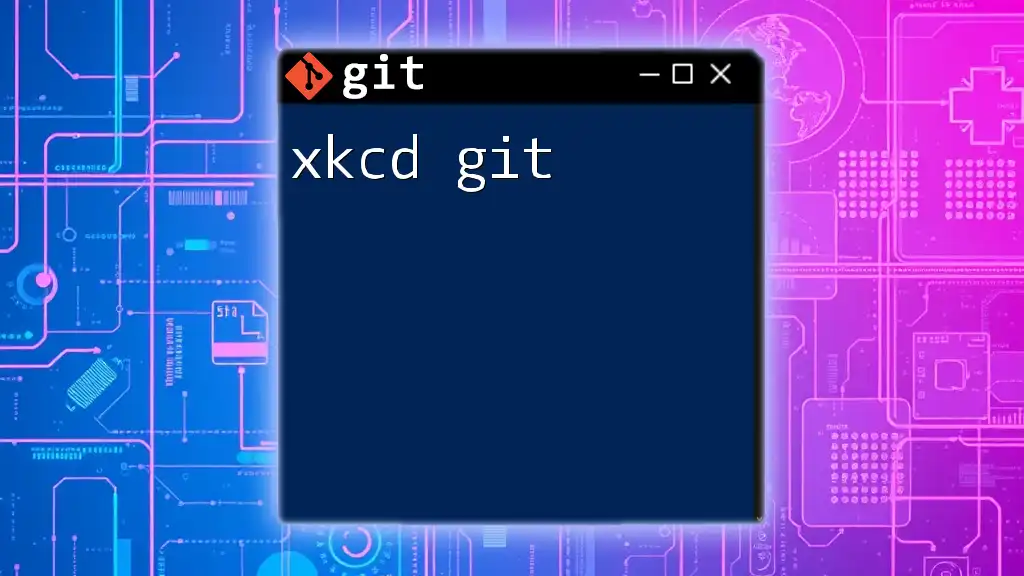
Advanced ArgoCD and Git Functionality
Implementing Git Hooks with ArgoCD
Git hooks can facilitate a more automated workflow. For example, you can set up a pre-receive hook to run tests before allowing code to merge into the main branch, ensuring that only validated code gets deployed.
Set up your `.git/hooks/pre-receive` file with the following snippet:
#!/bin/sh
# Your testing or pre-deployment logic here
exit 0
This script prevents invalid changes from reaching the main branch, ultimately increasing reliability.
Using ArgoCD with Multiple Git Repositories
Using multiple repositories can help organize different projects or microservices. In ArgoCD, configure additional repositories similarly to how you added the first one:
argocd repo add https://github.com/your-org/another-git-repo --username <USERNAME> --password <PASSWORD>
This enables effective management of various applications across different repositories.
Troubleshooting Common Issues
Sometimes, issues may arise in the integration of Git with ArgoCD. Common challenges include:
- Authentication Failures: Ensure that your credentials are correctly configured and have the right permissions.
- Sync Failures: If the application fails to sync, check the logs and ensure there are no syntax errors in your YAML files.
To view logs, you can use:
kubectl logs -n argocd <POD_NAME>
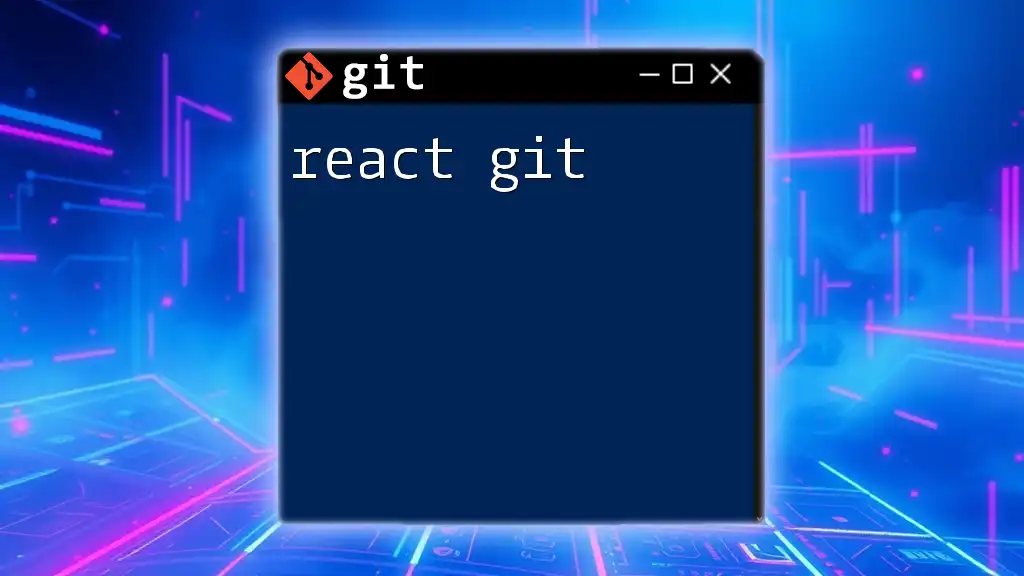
Best Practices for GitOps with ArgoCD
Version Control Strategies
Effective version control is vital in GitOps. Adopt these best practices:
- Use descriptive commit messages that detail what changes were made, helping reviewers understand the context.
- Make smaller, incremental commits to simplify tracking changes and resolving conflicts.
Security Considerations
When working with sensitive information, ensuring security is paramount. To manage credentials securely:
- Use Kubernetes Secrets to store sensitive data, such as API keys.
- Implement fine-grained access control for your Git repositories.
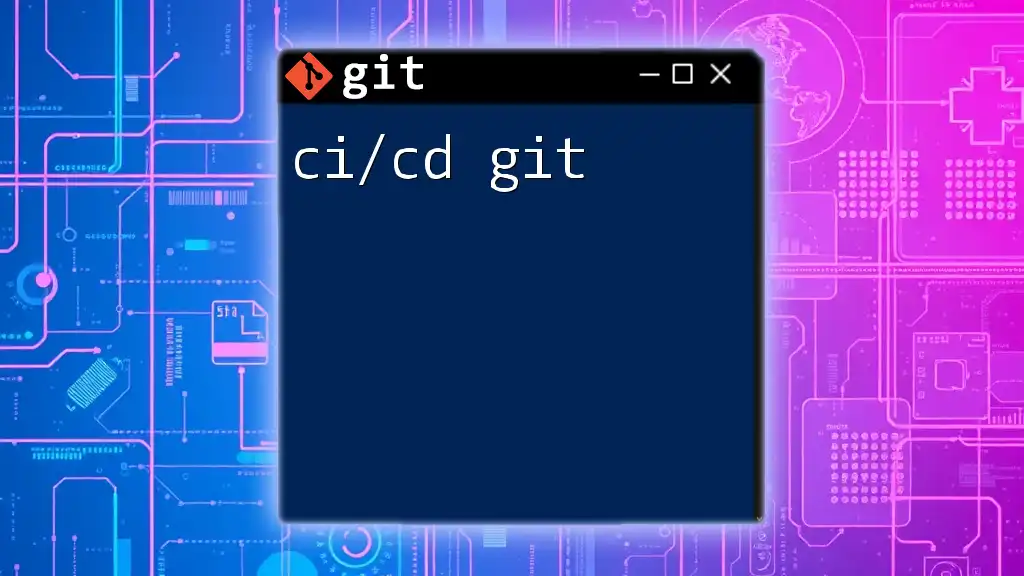
Conclusion
The integration of argocd git allows for a powerful, reliable approach to managing applications in Kubernetes using Git as the source of truth. As GitOps continues to evolve, understanding how to effectively implement ArgoCD with your Git workflows will empower your development teams and streamline CI/CD processes.
Call to Action
Start implementing ArgoCD in your projects today! Delve deeper into its capabilities and explore additional resources and documentation to enhance your team's efficiency and collaboration.

